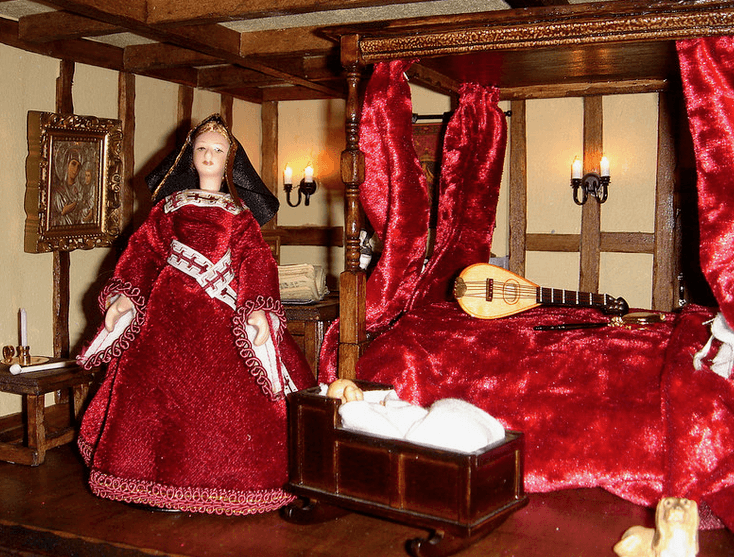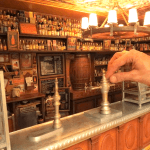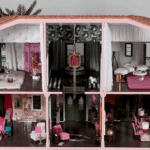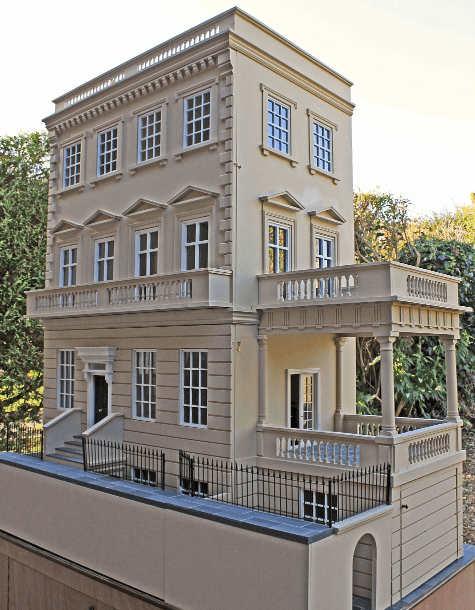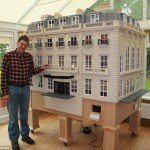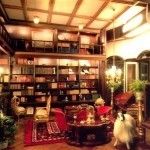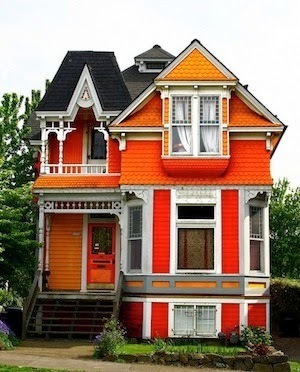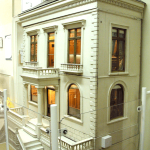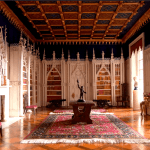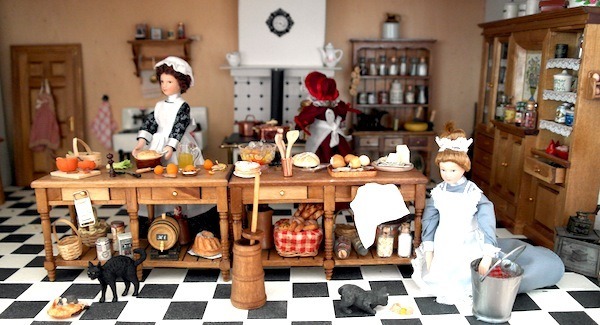
The kitchen in a cabinet dollhouses found on All About Dollhouses
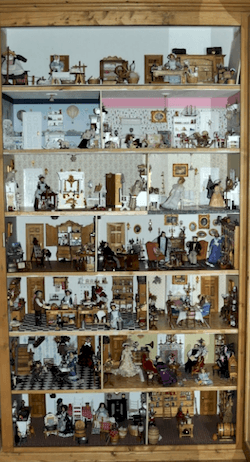
Xandra Dekker’s Cabinet Dollhouse
Xandra Dekker’s “All About Dollhouses”
The Dutch to English machine translation of the caption under this blogs cover photo reads:
“ON THIS WEBSITE YOU FIND EVERYTHING ABOUT THE DOLLHOUSE HOBBY, MINIATURE, DOLLHOUSES, WORKSHOPS AND MORE … “
This is not an overstatement. “All About Dollhouses and Miniatures” is outstanding. The information is primarily European, which puts artisans doing period projects closer to the source than we US bloggers seem to provide.
Maybe it just seems that way, because Ms. Dekker is focused on one geographic area, while I find myself flitting all over the map and through the centuries.
It is obvious that Ms. Dekker has done her research, giving one a true sense of authenticity. There are so many links to other great sites. Check out Ms. Dekker’s “Blogs I Follow” for access to more useful information.
Travel Blog
Xandra Dekker also has a travel blog, with many of the posts about tropical climes. That’s understandable, I guess if you have ever experienced winters in Northern Europe. I’m sorry if I sound smug, but that’s the way it is for escapees from Cleveland who found paradise in Florida.
Enjoy exploring both of Xandra Dekker’s blogs.
Susan Downing, with Patrick Owens
_________________________________________________________________________
I invite you to visit my Etsy Shop where I offer many accessories and pieces of furniture in 1:12 scale.


